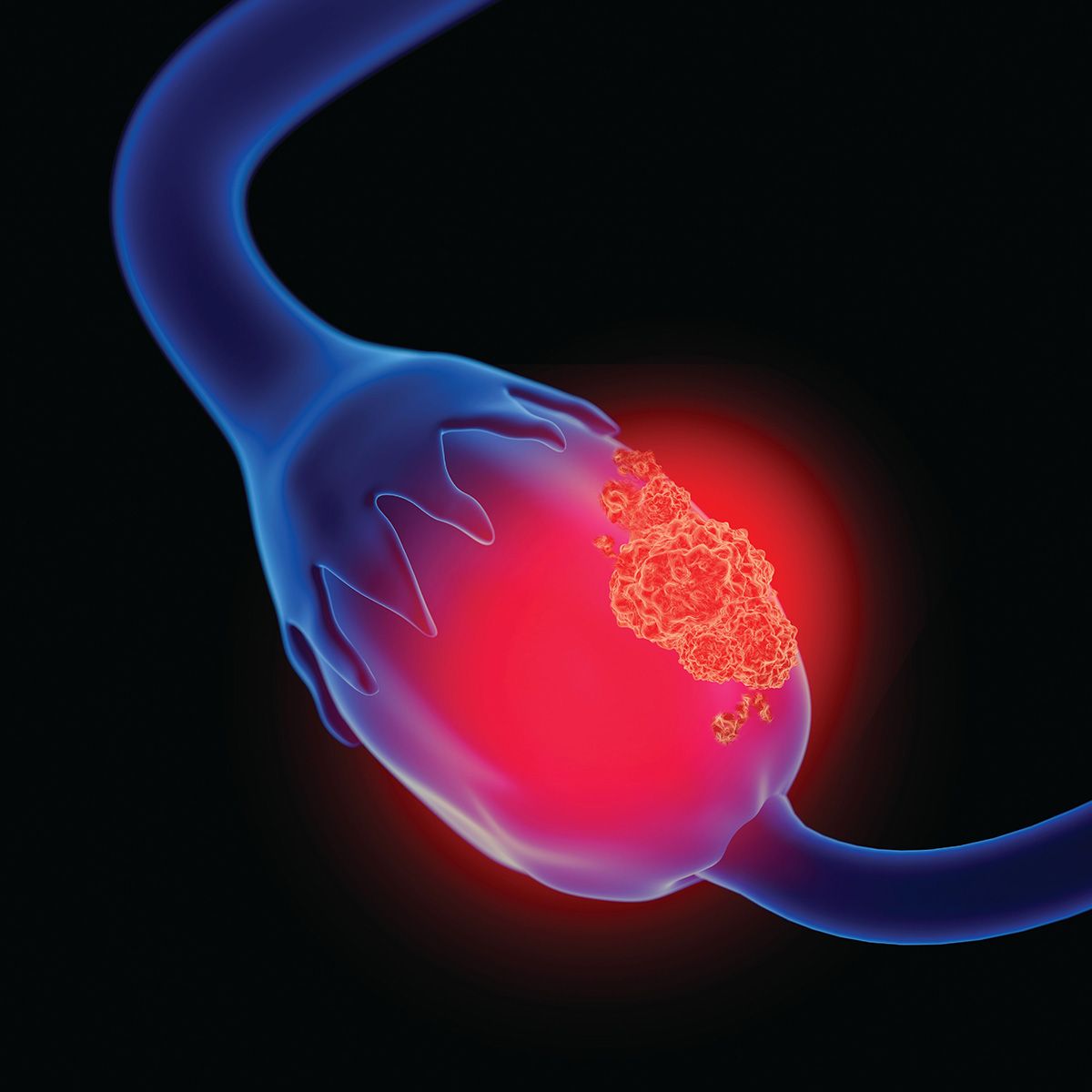Article
Pre- and Post-Surgical Jakafi Plus Chemo Shows Potential in Advanced Ovarian Cancer
Author(s):
The use of Jakafi plus chemotherapy shows promise in the pre- and post-surgical treatment settings for patients with stage 3 and 4 ovarian cancer, warranting further study of the combination.
The combination of twice-a-day Jakafi (ruxolitinib) plus the chemotherapies carboplatin and paclitaxel proved to be a feasible regimen for the upfront pre- and post-surgical treatment of patients with stage 3 or 4 ovarian cancer, according to findings from the phase 1/2 NRG-GY007 clinical trial presented at the 2022 American Society of Clinical Oncology Annual Meeting.
The results indicate that further study of the Jakafi/chemotherapy combination is warranted.
At a median follow-up of 24 months, the median progression-free survival (time from treatment until disease worsens) was 14.6 months with Jakafi plus chemotherapy, compared to 11.6 months for chemotherapy alone. Analysis of overall survival favored the Jakafi-containing group as well.
“This trial demonstrates the feasibility of early-phase randomized studies with novel agents and biospecimen collection in the front-line neoadjuvant treatment of the ovarian family of cancers,” Dr. Charles ‘Chip’ Landen, Jr, an associate professor of obstetrics and gynecology at the University of Virginia in Charlottesville, said during a presentation of the data.
Patients who were candidates for neoadjuvant (treatment given to shrink the tumor prior to a main treatment, which may include surgery) chemotherapy with a histologic diagnosis and image-guided core or laparoscopic biopsy confirming epithelial ovarian, fallopian tube or primary peritoneal cancer were eligible for treatment in the phase 1 portion of weekly intravenous paclitaxel, intravenous carboplatin and oral Jakafi. Patients were treated with three cycles of the regimen, followed by interval tumor reductive surgery, three additional systemic treatment cycles and maintenance Jakafi.
The main goal of the study was to determine the safety and tolerability of Jakafi plus chemotherapy.
In the phase 2 portion of the trial, patients were treated with either carboplatin and paclitaxel alone or in combination with Jakafi for three cycles, followed by surgery and another three cycles of therapy with a primary endpoint of progression-free survival. There were enough dose-limiting side effects in the phase 1 portion so that the dose of carboplatin in phase 2 was updated. Overall, 42 patients were treated with carboplatin and paclitaxel alone and 105 received additional Jakafi.
Patient characteristics were well balanced, except for a higher rate of BRCA mutations in the experimental (16.2%) compared with the control (7.1%) group. In both groups, the median patient age was 66 years (range, 33-86) with most patients being White (90.5%), non-Hispanic (87.8%) and with serous/endometrioid histological disease (98.0%). ECOG performance score was 0 (indicating that the disease and/or treatment had no impact on patients’ ability to perform daily tasks) in 51%, 1 in 43.5%, and 2 in 5.4%.
Higher rates of serious or severe anemia (a condition where the body lacks enough healthy red blood cells) were reported with the Jakafi combination at 64.2% compared with 26.8% with chemotherapy alone, which Laden said is to be expected with a drug targeting stem cells. Other serious or severe side effects of note included decreased neutrophils (52.6% with Jakafi and 29.2% with chemotherapy), infections (19.1% and 17.1%, respectively), decreased platelets (10.5% and 14.6%) and thrombotic events (12.7% and 2.4%).
There were five events that led to death, with all but one event of febrile neutropenia (a low white blood cell count accompanied by a fever) being deemed unrelated to treatment.
“There were many practical lessons learned in this first trial conducted by NRG in the neoadjuvant up-front setting,” Landen said. “The most common trial deviations relevant to this design include the initial pretreatment biopsy stating adenocarcinoma but not committing to a serous endometroid or clear cell phenotype; a difference in histologic subtype between the initial biopsy and the specimen taken at interval debulking; the treatment team being reluctant to perform an interval cytoreductive surgery after cycle 3 even in the setting of no progressive disease; a delay in initiating cycle 4 of chemotherapy within four weeks of surgery; and a desire of the treating team to continue chemotherapy, either as a cytotoxic drug or as maintenance after six cycles.”
Landen concluded the presentation and stated that further study of this combination should be considered and should include maintenance Jakafi added after six cycles of treatment to prevent tumor regrowth.
For more news on cancer updates, research and education, don’t forget to subscribe to CURE®’s newsletters here.

















